Tears of joy for ‘national inspiration’, historic VC recipient Teddy Sheean
Japanese evidence has helped to secure a Victoria Cross for Teddy Sheean, providing justice for his family.
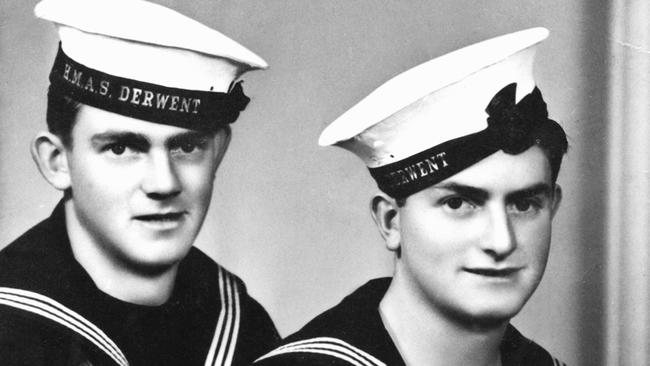
Japanese evidence has helped to secure a historic posthumous Victoria Cross for Teddy Sheean, providing justice for his family, inspiration for a nation and ending eight decades of Defence blunders and bloody-mindedness.
Scott Morrison on Monday overturned his previous refusal to grant a VC to Sheean, who aboard a sinking HMAS Armidale in 1942 shunned the relative safety of a lifeboat, returning to his gun to save comrades being strafed in the water by Japanese fighters.
The VC decision — based on an expert report confirming almost 80 years of Defence bungling and bloody-mindedness — brought Sheean’s surviving family and supporters to tears.
“We did get a bit teary, because it’s been a pretty long battle — 32 years of campaigning,” Sheean’s nephew Garry Ivory said.
PDF: Report of the Sheaan expert panel
“From day one, everything was done wrong in this case. Teddy wasn’t given a fair hearing — from 1942-43 and right through till now.
“This report leaves no doubt … that my uncle deserves a VC. We are very, very happy.”
The move was recommended by the defence awards appeal tribunal last year but rejected by the Prime Minister amid concern that evidence was insufficient to overturn a 2013 inquiry that failed to support a VC. Mr Morrison had also received advice from Defence Chief Angus Campbell, who warned that acting retrospectively could open the floodgates to other historic claims. “Such an outcome would almost certainly set a precedent that would disproportionately encourage a swathe of additional claims for retrospective military honours and awards at all levels and from all past conflicts,” General Campbell wrote to the government on October 4.
There have been several such high-profile campaigns. Some have suggested an upgraded honour for Gallipoli hero John Simpson Kirkpatrick, of Simpson and his donkey fame. Others have pushed for Lieutenant-General Sir John Monash to be posthumously promoted to Field Marshall.
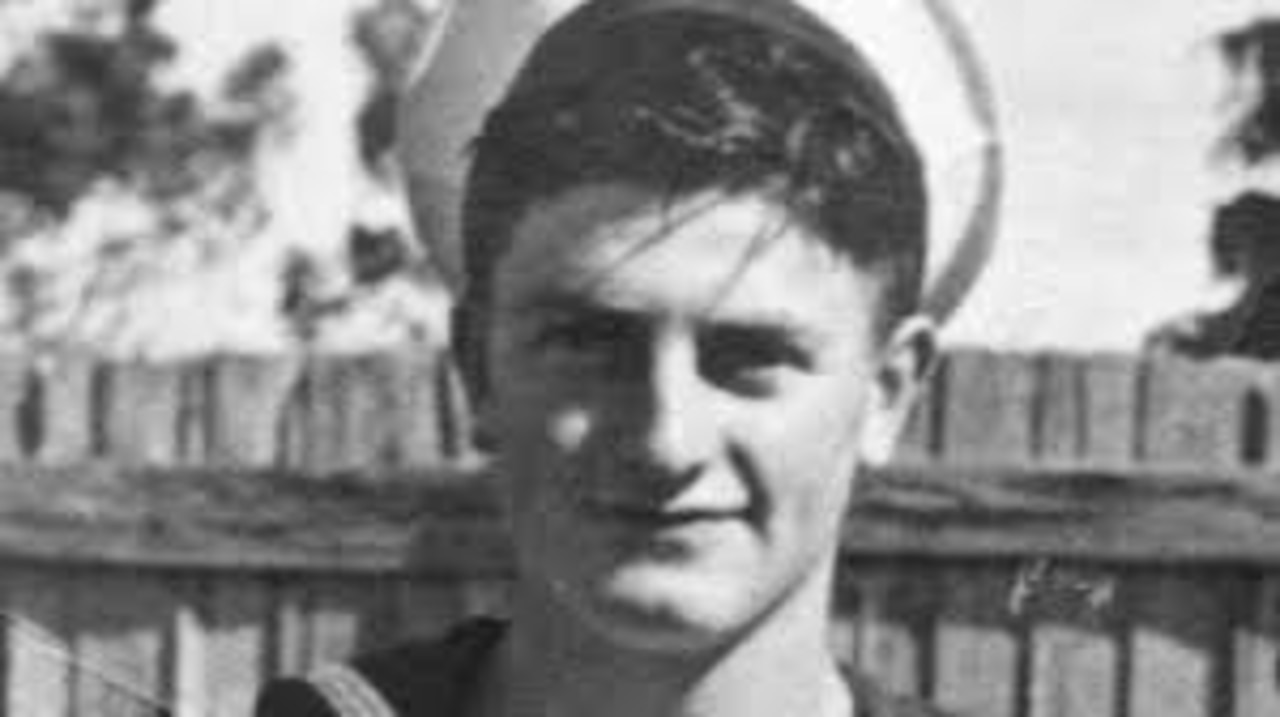
Mr Morrison and Brendan Nelson played down the relevance of the Sheean case to such others, although some experts said it might embolden a small number of other claims.
Sheean expert and military historian Tom Lewis told The Australian the VC decision may bolster the prospects for several under-recognised naval heroes receiving honours or higher honours. These include Lieutenant-Commander Robert Rankin, who in 1942 placed his ship, HMAS Yarra, between an entire Japanese squadron and the fleeing convoy he was charged with protecting.
Dr Lewis believed the Sheean VC made it more possible for Rankin to be recognised.
“I think so, yes — I would like to see Rankin given a medal of ¬gallantry,” Dr Lewis said.
The Prime Minister’s original decision to overrule the tribunal provoked protests from the naval community, military historians and some Liberal MPs, led by those from Sheean’s native Tasmania.
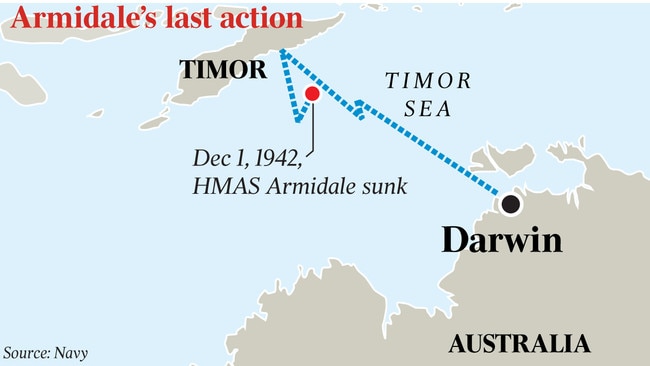
As a result, Mr Morrison ordered the expert panel, headed by former defence minister and Australian War Memorial chief Dr Nelson, to further adjudicate.
Dr Nelson on Monday said his four-member panel endorsed the 2019 Defence Honours and Awards Appeals Tribunal recommendation of a VC for Sheean, who was 18 and not long at sea when he died.
“I would say to all Australians as we live through the most significant adversity in our lifetimes, -approaching the 75th anniversary of the Second World War (ending), let Teddy Sheean inspire us to be a people who are selfless, caring and brave,” Dr Nelson said.
His report accepts the tribunal’s finding of significant new evidence in Sheean’s favour, that the account of his bravery was erroneously downplayed at the time, and that the 2013 inquiry was hamstrung by government policy against retrospectivity.
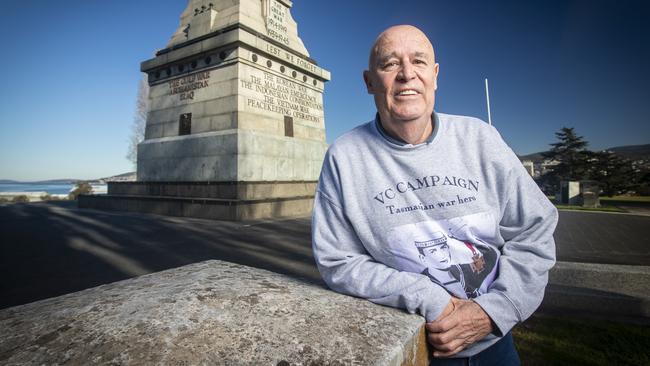
“Teddy Sheean was done an injustice in 1942-45 by maladministration,” Dr Nelson’s report concluded. “This, his actions, supported by all the evidence now available, merit the awarding of the Victoria Cross for Australia.”
New evidence included that Sheean was not wounded when he turned away from the lifeboat, and was instead wounded en route to his gun, to which he strapped himself. Japanese war records corroborated evidence Sheean continued firing on aircraft even as the Armidale sank.
“Seeing his shipmates being strafed, he disobeyed the order to abandon ship, went back to the aft Oerlikon (gun) and, although a loader, strapped himself into the gun and under intense enemy fire, fired the gun, damaging two aircraft until he went to his death,” Dr Nelson’s report concludes.
Mr Morrison said the VC recommendation was with Governor-General David Hurley, who would forward it to the Queen.


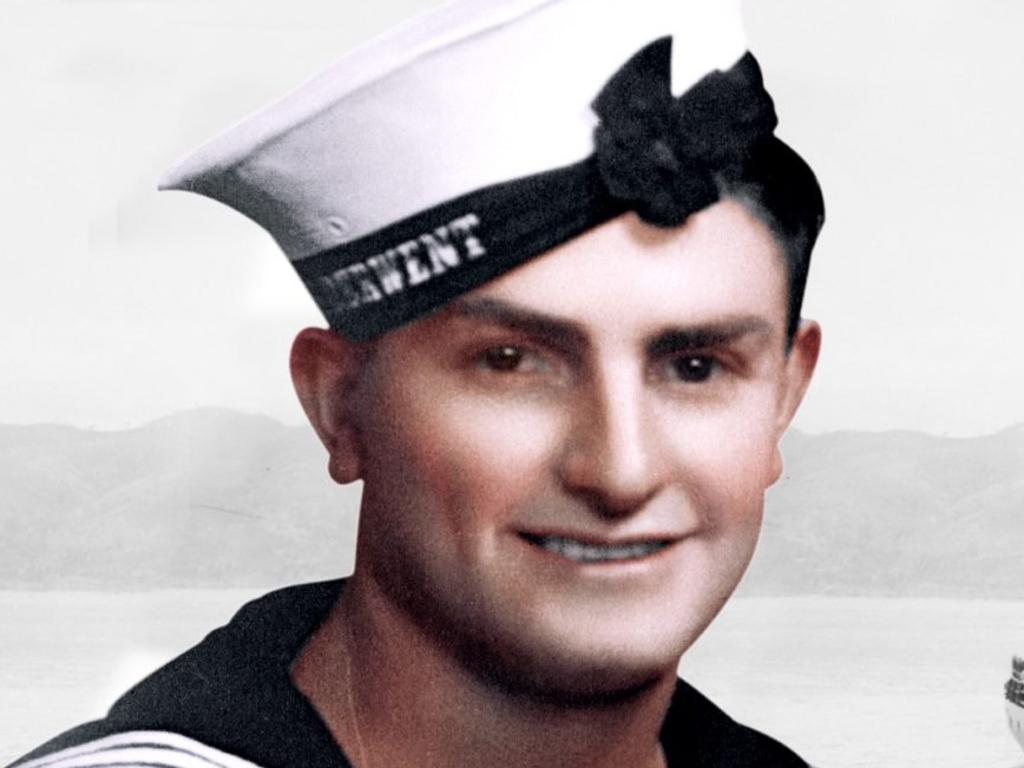





To join the conversation, please log in. Don't have an account? Register
Join the conversation, you are commenting as Logout